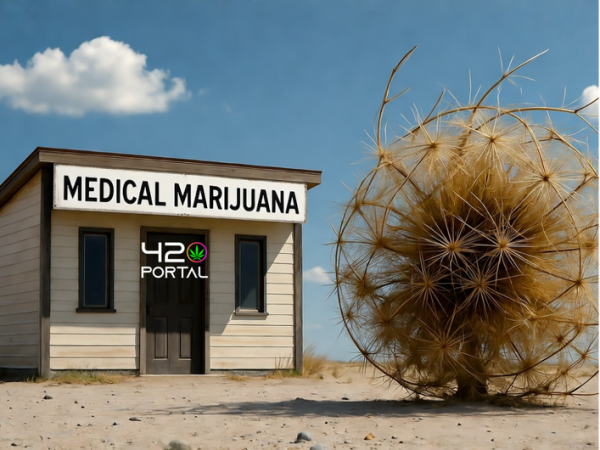Florida's Medical Marijuana Market Stabilizes After Initial Rush

10/17/2025
Florida's medical marijuana program, once fueled by explosive growth, has entered a phase of steady maturation. After years of rapid expansion driven by expanded access to smokable products, the number of new qualified patients has tapered off significantly. Recent figures show only modest single-digit increases, signaling a shift from the high-octane boom that transformed the state into the nation's largest medical cannabis market.
The turning point came with the legalization of smokable marijuana, which opened the door for patients seeking relief from a wide array of conditions, including cancer, chronic pain, epilepsy, and gastrointestinal disorders. Physicians can now certify individuals for over 70 qualifying ailments, leading to a more than doubling of registered users over the past several years. Today, nearly 926,000 Floridians—about 4 percent of the population—are active in the program, supported by an extensive network of licensed facilities.
This infrastructure includes 28 marijuana treatment centers, 733 dispensaries, 40 cultivation sites, and 35 processing operations, alongside thousands of caregivers and physicians. The smokable segment has been the star performer, with dispensing volumes nearly tripling in recent years to over 6.6 million ounces annually. Overall product distribution has also surged, exceeding billions of milligrams across various forms, underscoring the program's economic vitality.
Leading operators dominate the landscape. One major provider dispensed more than 5.6 billion milligrams last year, while smokable sales topped 2.5 million ounces from the same company. Competitors followed closely, with volumes ranging from 386,000 to 643,000 ounces in smokable products alone. These numbers reflect a market that has grown from its nascent stages into a robust industry, complete with eight testing labs ensuring quality and safety.
As the patient influx slows, industry observers point to market saturation and broader acceptance as factors. The initial wave of registrations, spurred by newfound options for inhalation, has given way to sustained, predictable demand. Patients now benefit from diverse delivery methods, from edibles to topicals, reducing the novelty factor that once propelled growth.
Conversations around broadening access continue, with advocates pushing for recreational use among adults. Political debates highlight tensions between medical expansion and wider legalization efforts.
Reference
The turning point came with the legalization of smokable marijuana, which opened the door for patients seeking relief from a wide array of conditions, including cancer, chronic pain, epilepsy, and gastrointestinal disorders. Physicians can now certify individuals for over 70 qualifying ailments, leading to a more than doubling of registered users over the past several years. Today, nearly 926,000 Floridians—about 4 percent of the population—are active in the program, supported by an extensive network of licensed facilities.
This infrastructure includes 28 marijuana treatment centers, 733 dispensaries, 40 cultivation sites, and 35 processing operations, alongside thousands of caregivers and physicians. The smokable segment has been the star performer, with dispensing volumes nearly tripling in recent years to over 6.6 million ounces annually. Overall product distribution has also surged, exceeding billions of milligrams across various forms, underscoring the program's economic vitality.
Leading operators dominate the landscape. One major provider dispensed more than 5.6 billion milligrams last year, while smokable sales topped 2.5 million ounces from the same company. Competitors followed closely, with volumes ranging from 386,000 to 643,000 ounces in smokable products alone. These numbers reflect a market that has grown from its nascent stages into a robust industry, complete with eight testing labs ensuring quality and safety.
As the patient influx slows, industry observers point to market saturation and broader acceptance as factors. The initial wave of registrations, spurred by newfound options for inhalation, has given way to sustained, predictable demand. Patients now benefit from diverse delivery methods, from edibles to topicals, reducing the novelty factor that once propelled growth.
Conversations around broadening access continue, with advocates pushing for recreational use among adults. Political debates highlight tensions between medical expansion and wider legalization efforts.
Reference







